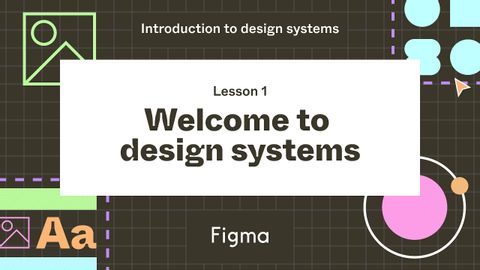歡迎來到設計系統 - 第 1 課:設計系統簡介 (Welcome to design systems - Lesson 1 : Introduction to design systems)
momom933806 發佈於 2024 年 07 月 28 日  沒有此條件下的單字
沒有此條件下的單字US /ɛnˈtaɪr/
・
UK /ɪn'taɪə(r)/
- adj.全體的 ; 完全的;未分割的;全緣的 (植物學)
US /pəˈtɛnʃəl/
・
UK /pəˈtenʃl/
- adj.可能的;潛在的;潛在的
- n. (u.)潛力,潛能
- n. (c./u.)潛力;潛能;潛在候選人;勢
US /ˈprɑsˌɛs, ˈproˌsɛs/
・
UK /prə'ses/
- v.t.用電腦處理(資料);(依照規定程序)處理;處理;流程;加工;理解
- n. (c./u.)(規定的)程序;過程;進程;方法;法律程序;進程
US /ˈdɛdɪˌketɪd/
・
UK /'dedɪkeɪtɪd/
- v.t.專用;專心的 ; 專注的;奉獻
- adj.盡心盡力的,專注的;專用的
